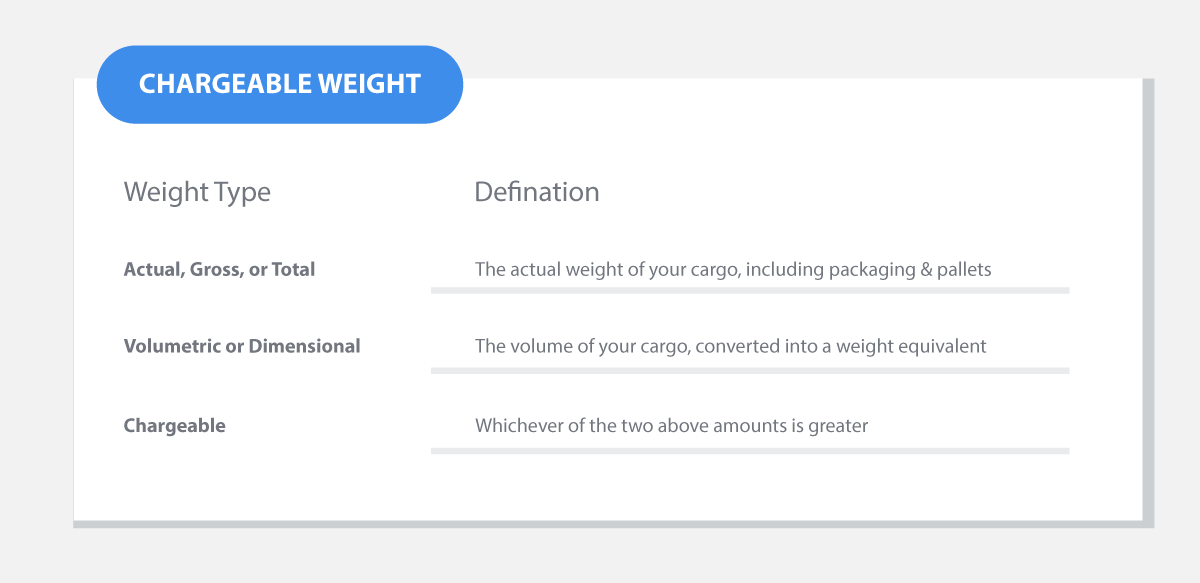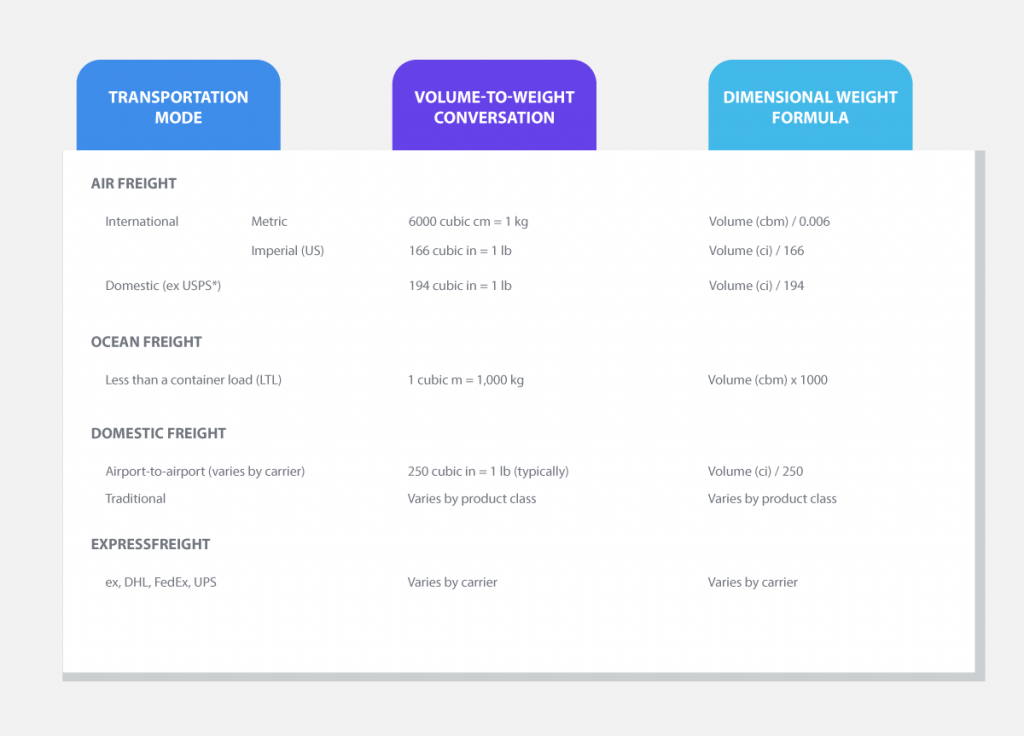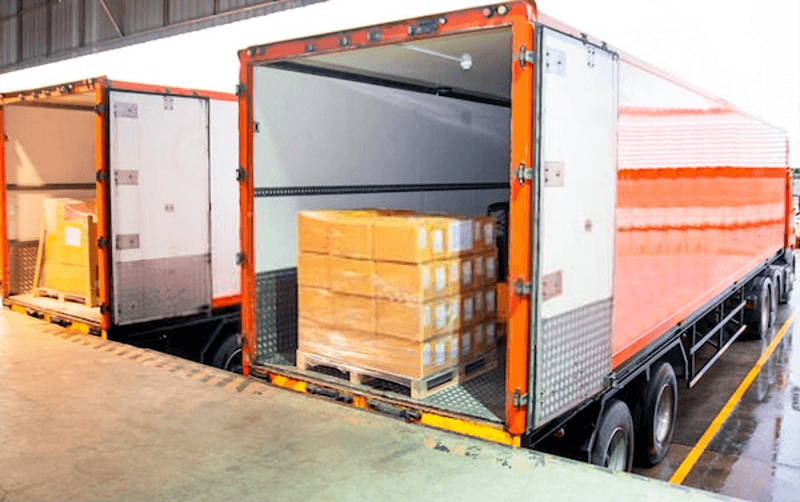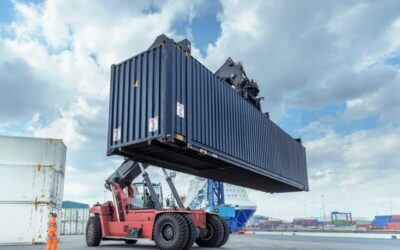Easy Way to Calculate CBM and Freight Ton
While importing or exporting goods, one of the trickiest jobs to carry out is to calculate CBM vs Freight Ton for shipping the goods. The complexity usually arises when the cargo doesn’t occupy all the space of a whole container or if the physical weight of the cargo doesn’t fall in the weight limitations of the container. In other cases the cargo sometimes is too big to be placed inside one ocean container, then the cargo is called the break-bulk ocean cargo. Air freight is sensitive towards the dimensional weight of the Cargo while the ocean freight cares more about the chargeable weight of the container (whichever one is higher).
Table of Contents
Dimensional Weight (Volumetric Weight)
When the space occupied by the cargo is greater than that of its actual weight, for example, a container consisting of packs of edible chips which have a lot of air in them would occupy a larger space which might be equal to the space covered by a container containing bottles of soft drinks.
When the space occupied by the cargo is greater than that of its actual weight, for example, a container consisting of packs of edible chips which have a lot of air in them would occupy a larger space which might be equal to the space covered by a container containing bottles of soft drinks.
Chargeable Weight (Gross Weight)
Chargeable weight is used to denote the cargo weight either based on Volumetric Weight or the Actual Weight / Gross Weight, whichever one is greater, to determine the price of the Freight Cost in Air, LCL Sea, or LTL Trucking.
In the above-mentioned cases, one would have to go for the LCL i.e. Less Than Container shipping method. To carry out the shipping process for LCL, CBM and freight ton would have to be calculated for completing the paperwork and for the billing of the cargo. Some websites have online calculators to calculate the value yet they can’t be relied upon for an accurate answer. They only provide guidance and the right value can only be obtained with exact values and also depends upon how the freight is loaded in the container.

To calculate the ocean freight cost, the cost of the space occupied by the cargo compared to the cost of the weight of the cargo is calculated first. Unlike the usual assumptions about the calculations being rocket science, in reality, the formulae to figure it out are not that difficult. In order to understand the method, we will have to dive into some mathematical formulae learning.
Also Read: What Is Fuel Surcharge? | Everything You Need To Know
What Do CBM and FT stand for?
CBM stands for a cubic meter which represents the space occupied by a cargo which is measured by the unit of volume and freight ton denotes the weight of the cargo usually measured in tons. Freight ton FT and CBM act as units of measure for the cargo on a ship, truck, train, airplane, etc.

The rate of the cargo is charged on the basis of per CBM or on the basis of per 1000 kilograms of weight of the cargo which equals one ton. Though the ocean freight is usually charged in accordance with its weight yet if the space that it occupies is greater then it can also be charged on the basis of the volume. The comparison is made between the two and whichever costs more is charged for the cargo.
Methods for CBM Calculation:
There are multiple methods to calculate the CBM depending on the shape and type of cargo. Some of them are:
- Cube-shaped
- Irregularly shaped
- Cylindrical shape
Method to Measure Cube-Shaped Container:
- Measure the length, width, and height of the container
- Convert the measurements into meters if it’s not measured in meters already.
a) To convert from centimeters to meters divide the number by 100
b) To convert inches to meter divide by the number by 39.37.
c) To convert it from feet multiply the number with 0.305 - Then multiply the length, width, and height to obtain the value of CBM.
V=LxWxH
Method to Measure a Cylindrical Container:
- Measure the height and radius of the container and convert the values in meters.
- Then fill the values into the following formula:
V= Πr2h where the value of Π is 3.14.
Method to Measure an Irregular Container:
For an irregular shape, the exact value can never be obtained so an approximation is made by considering the longest, widest and highest length. The rest of the procedure is similar to that of the cube-shaped where these three values are multiplied to obtain the volume in CBM.
After the value has been obtained a comparison is created with that of the weight and whatever costs more is charged for the cargo. Let’s calculate the values of an imaginary cargo;
L = 2.0m
W = 1.2m
H = 3.4m
Weight= 1.6tons
CBM would be equal to LWH = 2.01.23.4
= 8.16 CBM
And if the cost per CBM or Per 1000kg is 14 US Dollars then the cost in the two cases would be
Cost per CBM = 8.1614 =114.24$ Cost per ton = 1.614 = 22.4$ As the cost based on volume is greater than that of the weight, the cargo will be charged with respect to its volume and its cost would be equal to 114.24$.






